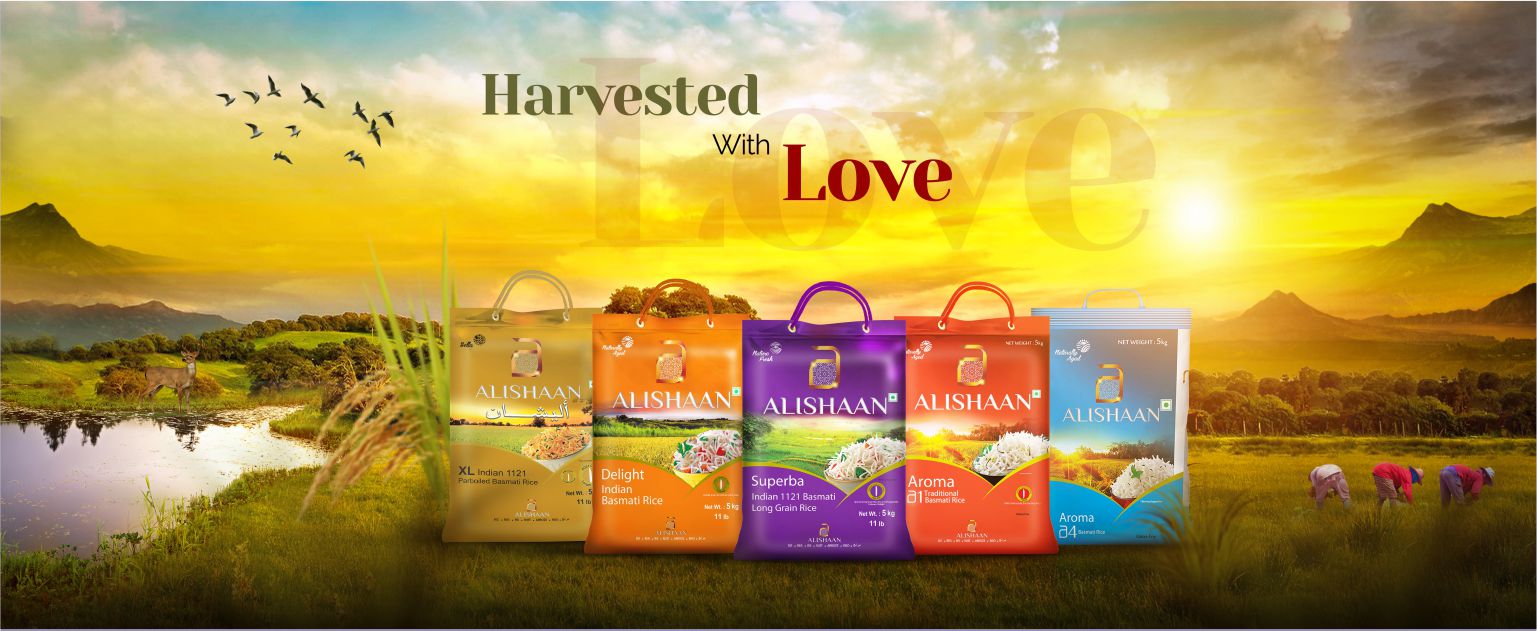There are many Indian families in Australia where rice dish is a weekly or daily affair. Besides being the key ingredient for a popular rice dish like Biryani, it’s a comforting side dish to curries, dal, and beans. Although they eat many types of rice, Basmati and Jasmine are their favourites. Both have their benefits, but a question that often arises is which one is better when comparing Basmati rice vs Jasmine rice.
What is Basmati Rice?
Basmati rice is one of the most popular long-grain aromatic varieties native to India and Pakistan. It’s nutty in taste with tapered edges and a dry texture. The older it becomes, the better it tastes.
What is Jasmine Rice?
Jasmine rice is also a long-grain aromatic variety. It’s primarily grown in Southeast Asian region countries like Thailand, Cambodia, Laos, and Vietnam. It’s floral and is more fragrant than the Basmati rice with a soft texture. Since it resembles the colour of a jasmine flower, it’s called Jasmine rice.
You can also check:- Original Ruby gemstone price in India
What Is the Difference between Jasmine and Basmati Rice?
You can find many similarities and differences between these two varieties of rice. The most significant include the following:
Origin: While Basmati rice is native to countries like India and Pakistan, Jasmine rice is mainly grown in Cambodia, Thailand, Laos, and Vietnam.
Appearance: At first look, both rice varieties look identical when dry. However, basmati rice becomes longer after cooking, with a slight curl to each grain. In comparison, the jasmine rice stays short and broad with rounded edges.
Aroma: Basmati rice is floral and nutty, while Jasmine rice is more floral, a taste similar to buttered popcorn.
Texture: Basmati rice is known for fluffy and clean grains, but jasmine rice is stickier and softer.
Jasmine vs. Basmati Rice: How to Use Them
Basmati and jasmine rice have different aromas and textures. Therefore, they are suitable for specific cuisines. Let’s know more about them.
How do Australians enjoy Jasmine Rice?
Jasmine rice goes well with Thai and Southeastern cuisine, but Australians mainly eat it, which is prominent in many soups and stir-fries. Some popular recipes that pair with Jasmine rice include Thai Basil Chicken and Instant Pot Thai Green Curry.
How to Cook Basmati Rice?
Here’s a simple recipe for cooking basmati rice on a stove. However, you can kook also use your pressure to prepare Basmati rice.
Take regular or gluten-free Basmati rice in a bowl and rinse 1 cup of rice 2-3 times until the water becomes transparent, and then soak it for 15 minutes.
Mix rice with 2 cups of water in a saucepan. Now add ¼ teaspoon of salt and one teaspoon of ghee or Olive oil.
Once the rice comes to a boil, reduce the flame to medium, cover the saucepan and cook for 10 minutes.
Switch off the heat and let the rice rest for 10 minutes. Now fluff up the rice and serve with a fork.
How to Cook Jasmine Rice
It’s straightforward to cook jasmine rice on a stove. However, you can also use your pressure cooker for this purpose.
Take 1 cup of rice in a bowl and rinse 2-3 times until the water becomes clear. Remember, there is no need to soak the rice.
Add 2 cups of water with ¼ teaspoon salt and one teaspoon olive oil and bring the water to a boil.
Reduce the flame to medium, cover the saucepan and cook for 10 minutes.
Switch off the heat and let the rice rest for 10 minutes. Now it’s ready, and you can serve it.
Which are the most popular Basmati Rice Recipes?
There are many popular basmati rice recipes. Although for most dishes, you can use regular Basmati rice. However, health-conscious people can also opt for gluten-Free Basmati Rice.
1. Brown Basmati rice Pilaf
We have all heard about Biryani, the famous dish from India that uses high-quality Basmati rice. There is another equally popular dish called Pulaf with brown Basmati rice. The Pulaf is usually ideal with sweet and sour flavours. Adding ingredients such as broccoli, carrot, and black chana can make it even healthier.
2. Payesh
Payesh is known for its luscious texture you won’t resist. It is an iconic Bengali dessert that uses Basmati rice, milk, cardamom, nuts and fragrant rose water. People enjoy this dish, especially during Durga Puja.
3. Australian Fried Rice
Australians love this Basmati rice dish. You can prepare it by adding regular or gluten-free Basmati rice with ingredients like eggs, celery, red capsicum, spring onions, bacon rashers, cooked pork, chicken, prawn, soy sauce, and salt per taste.
4. Chicken Schezwan Rice
You cannot restrict Basmati rice to only Indian cuisine because several dishes use Basmati rice in Australia, the USA, and Italy. Chicken Schezwan rice is a dish with chicken, shrimp, soy, vinegar, mushrooms, chilli sauce and celery.
5. Chicken Paella
It’s a top-rated recipe from Spain that uses ingredients like Basmati rice, chicken, olive and bell peppers enriched with saffron and garlic.
6. Coconut Rice
Coconut rice is a meal you can enjoy throughout the year. Besides being a comfort food, it’s very light on the stomach yet extremely high in nutrients. You will hardly find a South Indian home in India or Australia that doesn’t have this dish on their menus.
7. Lemon Rice
It’s another popular rice dish with versatile flavours of lemon juice, curry leaves, turmeric, whole chillies and mustard seeds. Most Indian restaurants in Australia have this item on their menus.
8. Vegetable Fried Rice
As the name suggests, you can use almost every vegetable to prepare this dish. Although cabbage, green peas, carrots, and beans are more popular as ingredients.
You can also check:- Price of Emerald stone in india
Many other recipes use Basmati rice. Indians have settled in almost every part of the world and took along some amazing Basmati rice recipes with them. It has helped make Basmati a household name in countries like Australia, Japan, and New Zealand.










